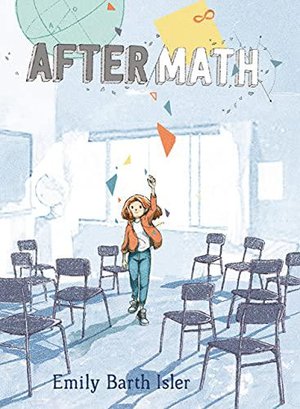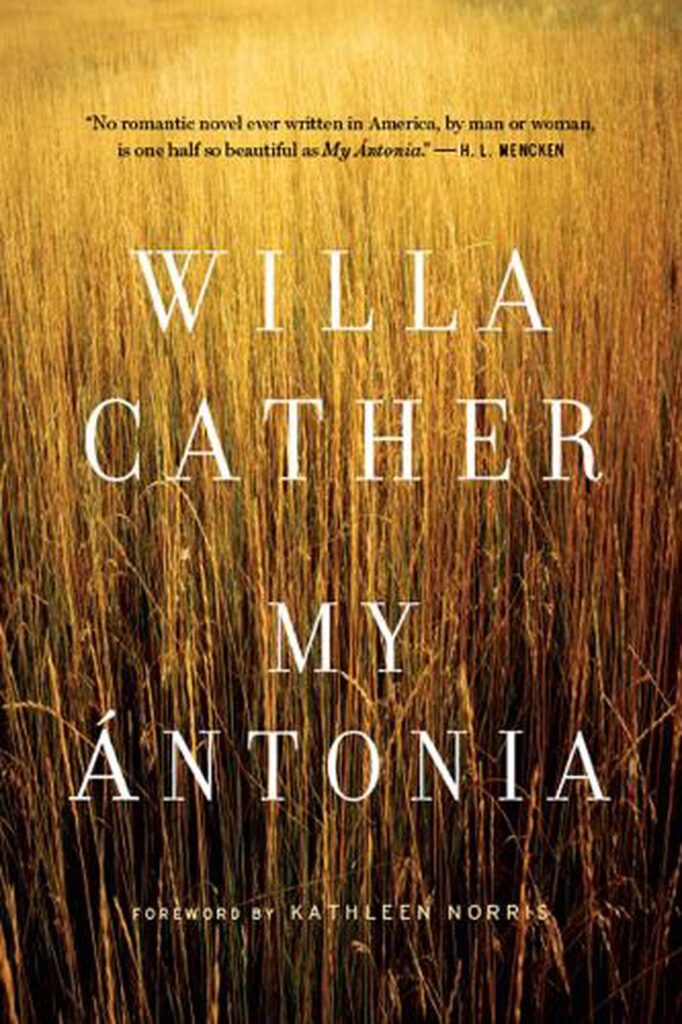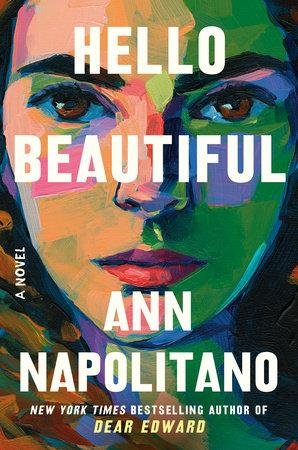
In this middle-grade novel, twelve-year-old Lucy starts at a new school in a new town, carrying a secret burden: she’s mourning the death of her younger brother Theo from congenital heart disease and the loss of the family environment she’s known all her life. Mired in their own grief, her parents pretend all is well, yet move to another state in hopes of a fresh start.
In a misguided attempt to place Lucy in a school that will help her deal with her grief, they enroll her in a school that suffered a mass shooting four years earlier and in the very class that suffered that trauma. As the first new member of the class since the shooting, Lucy faces a solid block of young people who have made their traumatic journey together, helped by therapists and hurt by public perception.
All except one girl, Avery, who is ostracized by the entire class. At lunch on Lucy’s first day, she can’t find an empty seat, so she sits at a table that is completely empty aside from Avery. Gradually Lucy begins to learn about this withdrawn girl, particularly through an after-school mime class.
As is obvious from this summary, the story tackles themes of grief, family, friendship, and mental health, and it does so in a sensitive way. The author’s extensive research underpins the story without loading it down. Of course, the experiences of Lucy and her classmates make for heavy reading– emotionally, that is; the prose flows well and the story unfolds naturally.
I especially enjoyed Lucy as a character. She likes math, its concrete answers that are either right or wrong, though she’s troubled by the concept of infinity. Each chapter is introduced by a math joke, which is fun. Lucy finds them in her room and wonders where they come from.
What kind of angle should you never argue with?
A 90-degree angle. They’re ALWAYS right.
Some readers may find these jokes and Lucy’s way of using math to understand the world intrusive or boring. I loved them, though, both for their welcome lightness and for the way they reflect her need for structure and certainty in a world where such things can be hard to find. I also loved seeing a girl who likes math and logic: such a rarity in stories, though not in real life.
In the mime class—which may appeal to readers who are more interested in the arts than in math—Lucy and her classmates find another way to interact. Communicating without words, trying something new together, putting on a show at the end—these are all effective tools for opening emotionally to each other. Or in other words, for becoming friends. We all could use a friend.
There are a few issues with the book, such as that, after the school where the shooting had occurred had been torn down and new one built, such a class would have been split up rather than kept together in isolation. Also, the school’s lack of interest in dealing with Avery’s extreme situation seemed unlikely.
Still, I highly recommend this novel for adults and—with care—for young readers. Grownups get a chance to experience these devasting attacks and their long tail of trauma from the students’ point of view. Young people can see their fears or their own experience reflected—and not resolved so much as coped with—in a story. Which is, after all, one of the great gifts bestowed by sharing stories.
Have you read a middle-grade story that impressed you?


